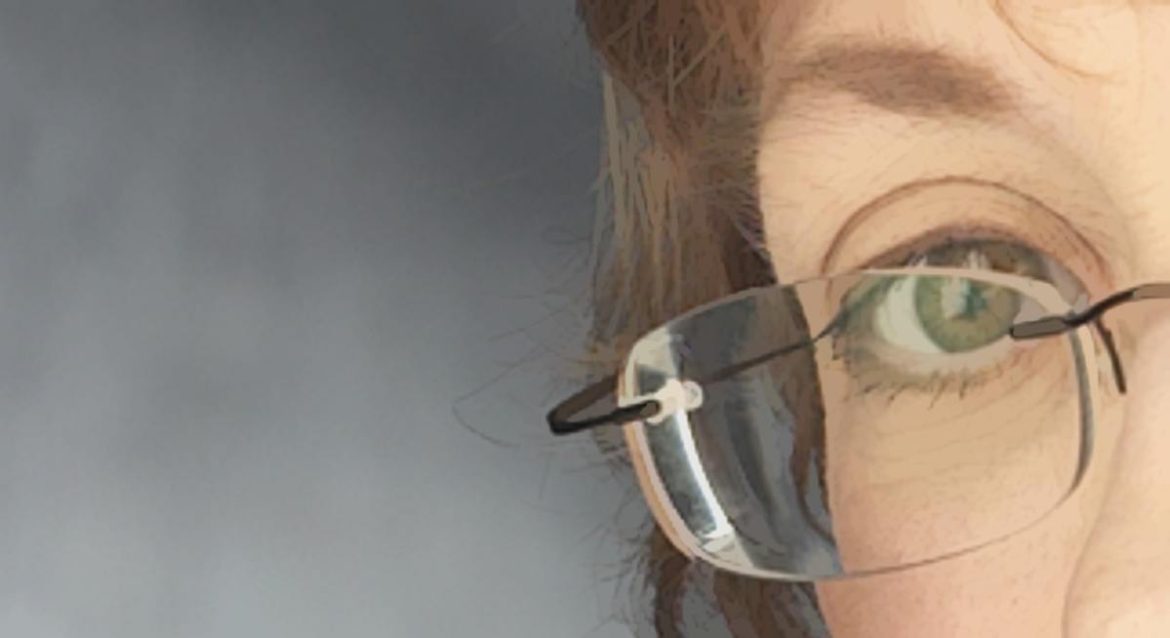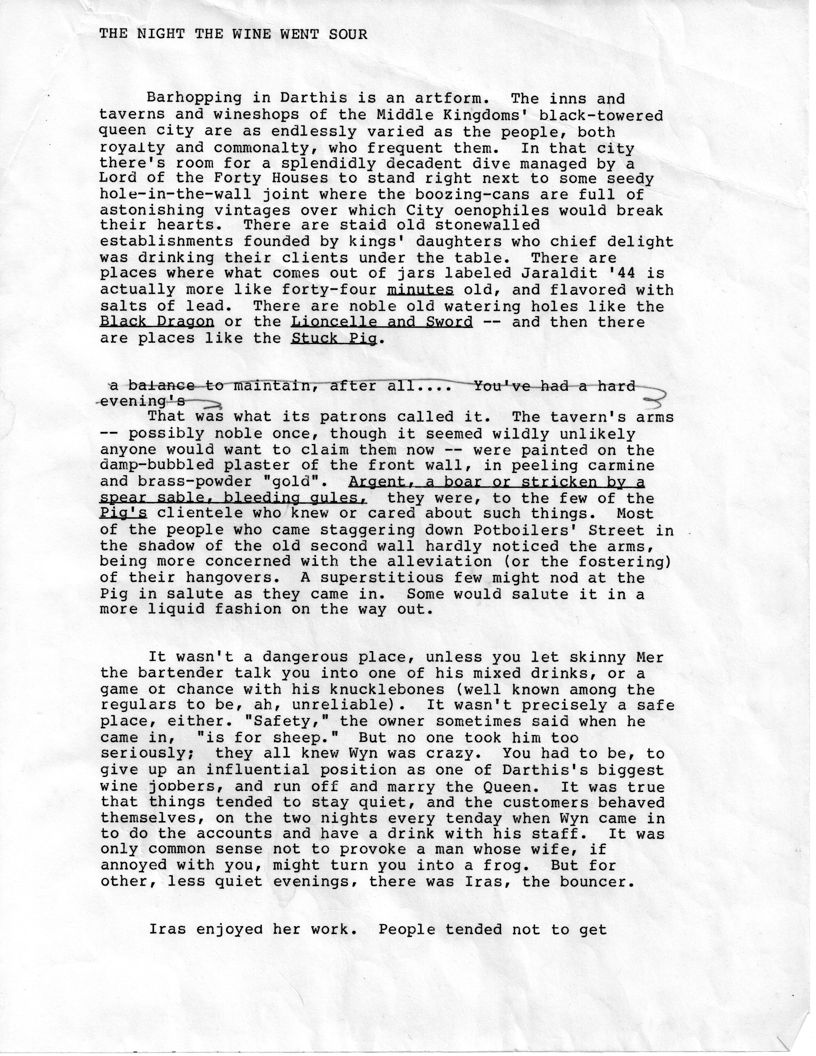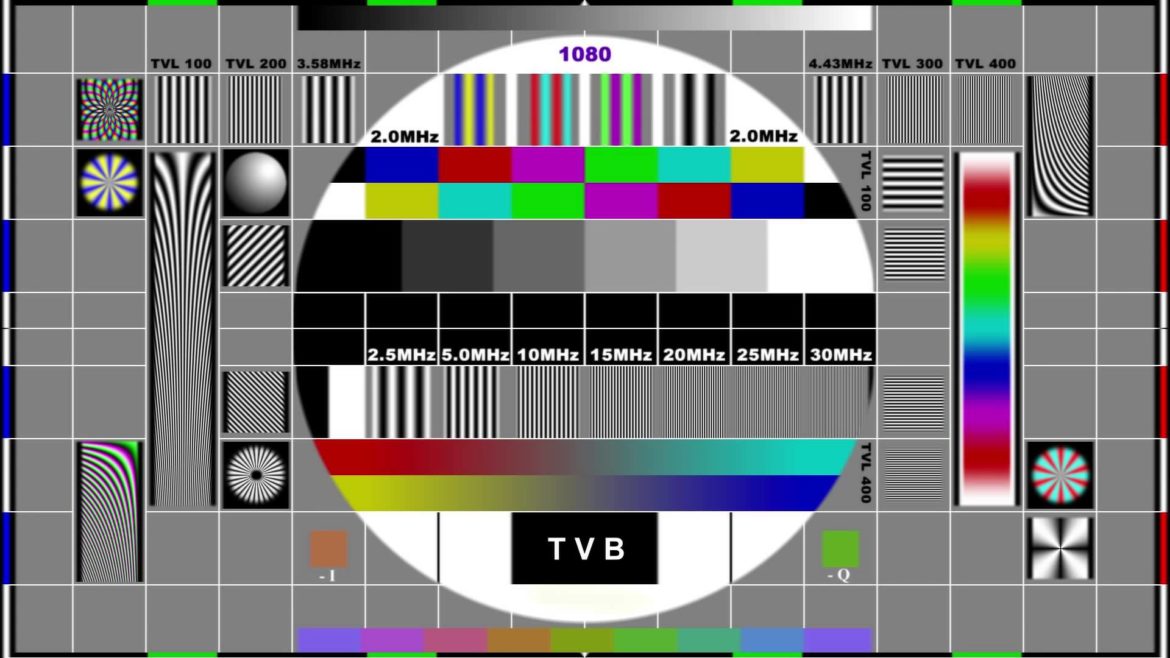First of all: why did I use the image above? Because I don’t like any of the stock art available for the term “hiccups”, and I do love Toothless and his boss. So if you think this is going to be anything to do with How To Train Your Dragon, please be disabused of the idea. This post is about curing hiccups.
It’s a copy of information that appears elsewhere about the one true “magic” trick I know. Somebody just retweeted the Google Plus post I did about it some years back, and it suddenly occurred to me that I didn’t have a copy here at my own blog. Seems like an omission. So here it is.
Disclaimer: I know that this is one of those endlessly contentious subjects, and there will be people who rise up immediately and insist “That’s not how it works at all” and will cry BUSHWAH and so forth. I’m entirely happy for them to do that, and I wish for them that Their Mileage May Vary in peace, and that their hiccup cures may always work. As for this explanation: I trust my source implicitly — he was busy very effectively and good-naturedly saving lives on a 24-hour shift when I ran into him — and, most to the point, this strategy works: reliably, repeatedly, past any possible doubt of its effectiveness when considered statistically, and to the endless amazement of many skeptical (and badly hiccuping) people across two continents.* Nuff said.
And now for the details on How To Cure Hiccups. ADDITIONAL AND IMPORTANT ADVISORY RIGHT UP FRONT: if you are on a sugar- or sodium-controlled diet of any kind, this solution is most likely not for you. Consult your physician before attempting it.
One afternoon [in 2011] while working, I found myself listening to a local TV station’s “science lady” attempting to explain the cause of hiccups… and getting it all wrong. As usual, this event makes me want to share what I was long ago taught about the subject by a medical resident in the emergency room at New York Hospital (now Cornell/NYH Medical Center). He took five minutes to explain the physiological mechanisms behind hiccups, and then taught me a simple, foolproof three-step method for stopping them dead.
So here’s The Hiccup Cure. (And if you share this around, please do so in some way that will allow as many people as possible to see it, so that more folks can be spared the Curse of Hiccup Embarrassment. Thank You For Your Continued Support.) 🙂
The explanation: Hiccups are the result of an chemical imbalance in your blood — a temporary derangement of the normal acid/alkaline balance of your blood electrolytes. There are all kinds of reasons why this can happen all of a sudden, but the most common ones are talking too much while eating (my favorite), and eating or drinking too fast, and some kinds of emotional stress, and periods of sudden exercise (running for a bus, etc). Different causes tend to induce different kinds of imbalance, but the commonest ones are these:
(a) Respiratory acidosis — too much CO2 in the blood: and
(b) Respiratory alkalosis — too little CO2 in the blood.
When you get one or the other of these, the body’s tendency is to try to rectify the situation by pushing the lungs’ contents in and out a lot faster, so that if there isn’t enough CO2, some more can get into the bloodstream, and if there’s too much, some can get out.
The body doesn’t want to bother your conscious mind with this, so it handles the problem in a simple, inelegant, and not wildly effective way: it makes your diaphragm spasm repeatedly, compressing the lungs and trying to shove a significant percentage of their tidal volume out with each spasm. This is the hiccup.
Now, understanding this, you’d think that concentrating on breathing deeply and regularly, and ventilating yourself in a thoughtful manner, would put this problem right. Well, probably it will. But it takes forever, and you meanwhile are sitting there hiccuping and feeling like a fool (and the continuing hiccups can themselves keep making the electrolyte situation worse). So it becomes time to take more drastic measures.
It turns out that the smartest and fastest way to derail the hiccups themselves is to quickly increase the electrolyte imbalance significantly. The simple three-step intervention derived from this concept deals with (first) the most common one, the acidosis, and then, if that doesn’t work, the less common one, the alkalosis. The fortunate thing is that all the raw materials are usually present in the average bar or restaurant, so you can cure yourself or a friend fast in one of the places where you’re most likely to look like an idiot as you just sit there hiccuping and hiccuping.
Step 1: Take a large spoonful of sugar, dry, in the mouth, and let it dissolve. Some of the sugar gets absorbed directly through the buccal membrane of the mouth. The acidosis is kicked way further along, and your body, distracted by the sudden extreme change in the blood chemistry, “calls off” the hiccups as ineffective. It calls them off right away, too: within seconds. The “spoonful of sugar” approach, in my experience, works for about 60% of hiccuppers.
If this doesn’t work, the hiccuper has a worse case of acidosis than mere sugar can deal with. So we take the intervention up a notch.
Step 2: Take one small spoonful of salt (the equivalent of a cooking teaspoon is plenty). Again, hold in the mouth and let it dissolve. It’s gross, but in the next 20% of hiccupers, the hiccups will stop. Bang, right away.
If neither of these steps work, then your hiccuper is not in acidosis, but in alkalosis. So you switch tactics.
Step 3: Give the hiccuper a lemon slice and tell them to chew on it. (Or alternately, give them a small spoonful of vinegar if no lemon is available. But lemon works better.) Their hiccups will then vanish.
WARNING: It is vitally important to do these things in order and not try to cut back on the amounts of sugar and salt, or the intervention may fail and you’ll wind up having to do it all over again, which is annoying, especially if you’re on a low-sodium diet or just don’t feel like retaining liters and liters of water the next day.
But if you follow these instructions faithfully, the hiccups will vanish. You can get a real reputation as a miracle worker with this routine.
A side issue, henceforth possibly to be called Duane’s Law of Necessitative Anxiety: When you are running this routine on someone whose hiccups you absolutely have to stop because you’ll fall very low in their estimation if you don’t, they will always be alkalotic, and you will always have to run through all three stages, feeling dumber and more desperate every moment as you go along and nothing seems to be working. (This law first became plain to me when I was de-hiccuping my producer for the BBC “Science Challenge” educational series on which I was lead writer. If I hadn’t proven I was good at the science part by curing him, well, you can imagine.)
And a note in passing: All other even slightly useful hiccup cures are, in one way or another, attempting to exploit this electrolyte-shift mechanism (though most of them are fairly ineffective at it). Scaring the person (causes acidosis: see The Andromeda Strain), drinking water upside down (forces the person to hold his/her breath, slowly increases the CO2 in the blood), breathing in a paper bag (rebreathing, ditto), whatever: they are all merely thin pale versions of the One True Cure.
So there you have it. May it do you (and those around you) good. 🙂
*Still working on that third one.

















